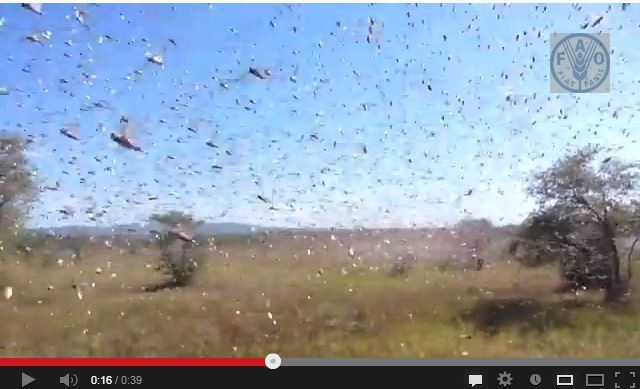Madagascar Locust Plague Threatens Starvation as Crops Devoured [VIDEO]

A severe plague of locusts has infested about half of the island nation of Madagascar.
The Food and Agriculture Organisation said that Madagascar would need more than $22m of emergency funding by June in order to start fighting the plague and another $19m for a three-year strategy. The locust plague, that does not pose danger to human beings, is a huge threat to the country's agriculture and food security.
"We know from experience that this plague will require three years of anti-locust campaigns. We need funds now to procure supplies and to timely set-up the aerial survey and control operations," said Annie Monard, FAO Senior Officer and Coordinator of the FAO locust response.
According to FAO estimates, the plant-devouring insects would affect about two-thirds of the island country by September 2013, if no immediate action is taken. More than half of the island's 22 million plus people may see worsening of hunger, food insecurity and malnutrition.
If sufficient funding arrives by June, the FAO, in collaboration with the ministry of agriculture will be able to launch a full-scale spraying campaign for the first year.
The island of Madagascar in the Indian Ocean has been in a state of "locust alert" since November 2012 with the plague starting in the poorest southern regions.
An adult locust can consume about two grams of food per day. In a day, a swarm of locusts can devour down food equal to that consumed by 2,500 people.
"The plague now threatens 60 per cent of the country's rice production, a staple crop in Madagascar, where 80 per cent of the population lives on less than $1 per day. The locust swarms are also consuming green vegetation that might normally serve as pasture for livestock," said a UN statement.
Watch the video here:
(Video courtesy: YouTube/FAOoftheUN)
© Copyright IBTimes 2025. All rights reserved.




















